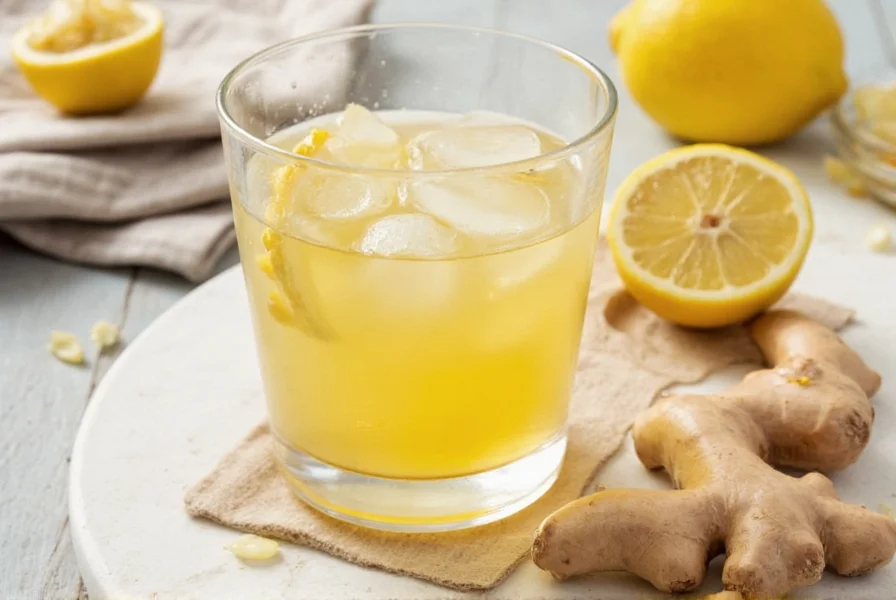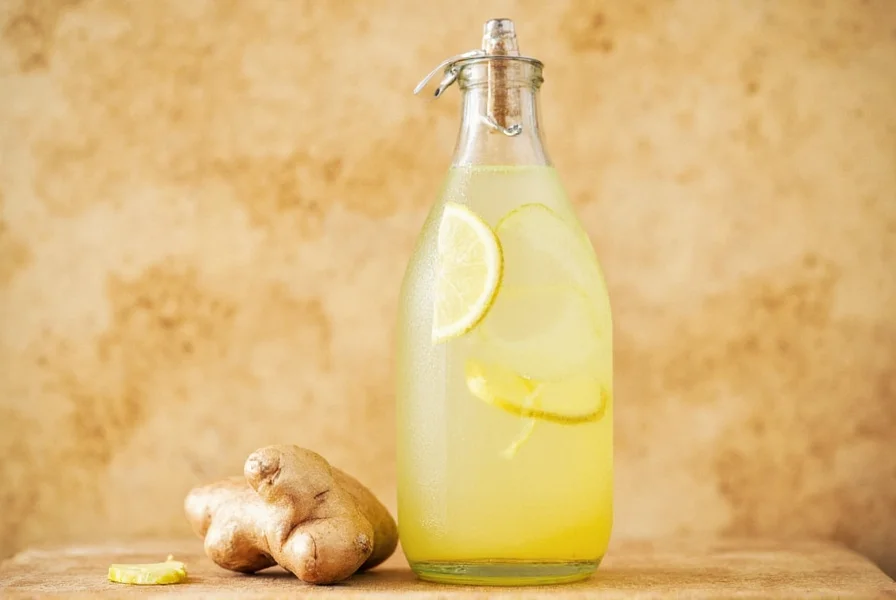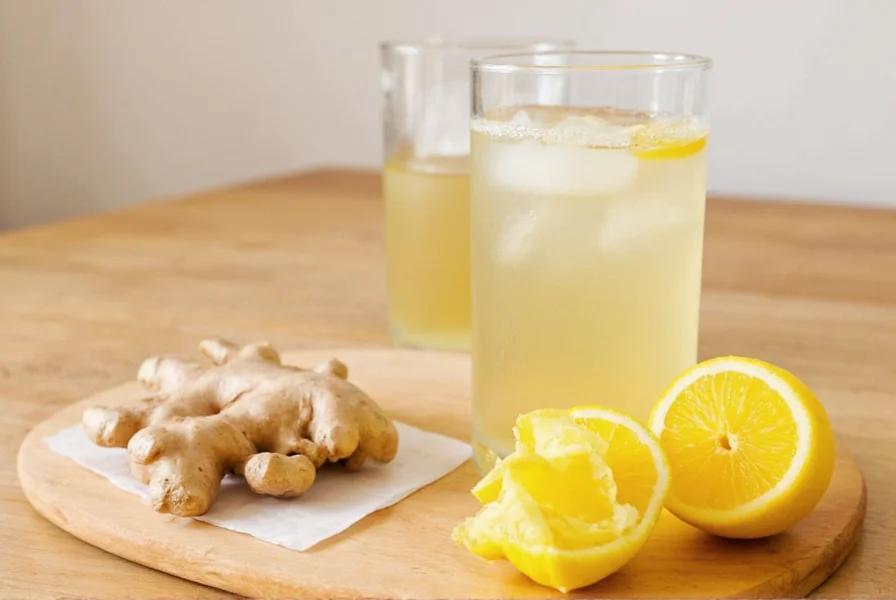Ginger water has become increasingly popular as a natural wellness beverage, prized for its refreshing taste and potential health properties. This simple preparation method transforms humble ginger root into a revitalizing drink that can be enjoyed throughout the day. Whether you're seeking digestive support, a caffeine-free alternative to morning coffee, or simply a flavorful way to increase hydration, homemade ginger water offers a versatile solution.
The Health Benefits of Ginger Water
While ginger water shouldn't replace medical treatment, research suggests ginger contains bioactive compounds like gingerol that may support wellness. Many people incorporate this simple ginger water recipe into their daily routine for potential digestive benefits. The National Center for Complementary and Integrative Health notes that ginger may help with nausea relief, though individual results vary. Unlike commercial beverages with added sugars, this homemade preparation allows complete control over ingredients while delivering that distinctive spicy-sweet flavor.
Basic Ginger Water Recipe
This straightforward method produces perfectly balanced ginger water with just three ingredients:
| Ingredients | Quantity | Preparation Time |
|---|---|---|
| Fresh ginger root | 1-2 inches | 5 minutes |
| Filtered water | 4 cups | |
| Lemon (optional) | 1/2, sliced |

Step-by-Step Preparation
- Peel the ginger using a spoon (this preserves more flesh than a peeler)
- Slice ginger into thin rounds or mince for stronger flavor
- Bring water to a gentle boil in a saucepan
- Add ginger and optional lemon slices
- Reduce heat and simmer for 10-15 minutes (longer for stronger flavor)
- Remove from heat and let steep an additional 5 minutes
- Strain into a pitcher using a fine mesh strainer
- Cool to room temperature before refrigerating
Variations for Different Preferences
Once you've mastered the basic ginger water preparation, try these popular adaptations:
- Lemon-ginger water: Add 1/2 sliced lemon during the last 5 minutes of simmering
- Honey-sweetened version: Stir in 1-2 teaspoons raw honey after cooling
- Spiced ginger water: Include a cinnamon stick or a few cardamom pods while simmering
- Cold-brew method: For a milder flavor, steep sliced ginger in cold water for 12-24 hours

Maximizing Flavor and Benefits
For the best homemade ginger water recipe results, consider these professional tips:
- Use organic ginger when possible to avoid pesticide residues
- Freeze ginger before peeling for easier preparation
- Adjust ginger quantity based on root age (older ginger is spicier)
- Store prepared ginger water in glass containers to preserve flavor
- Consume within 3-4 days for optimal freshness and benefits
Common Preparation Mistakes to Avoid
Many people encounter issues with their ginger water preparation due to these common errors:
- Boiling ginger too vigorously, which can create bitter compounds
- Using pre-ground ginger powder instead of fresh root
- Adding citrus too early, causing bitterness from prolonged cooking
- Storing ginger water in plastic containers that absorb flavors
- Using insufficient ginger, resulting in weak flavor and benefits
When to Drink Ginger Water
Timing your ginger water consumption can enhance its potential benefits. Many wellness experts recommend drinking ginger water first thing in the morning to support digestion throughout the day. Others prefer it before meals to potentially aid digestion. The ideal ginger water preparation time depends on personal preference—some enjoy it warm as a tea alternative, while others prefer it chilled as a refreshing beverage. Listen to your body and establish a routine that works best for you.
How long does homemade ginger water last in the refrigerator?
Properly stored in an airtight glass container, homemade ginger water maintains optimal freshness for 3-4 days. After this period, the flavor diminishes and potential microbial growth increases. For best results, prepare small batches you'll consume within this timeframe.
Can I use ground ginger instead of fresh root?
While fresh ginger root delivers superior flavor and potential benefits, you can substitute ground ginger in a pinch. Use 1/4 teaspoon of ground ginger for every inch of fresh ginger. However, the resulting beverage will have a different flavor profile and may lack some of the enzymatic benefits found in fresh preparation.
What's the ideal ginger-to-water ratio for maximum benefits?
The optimal ginger water preparation uses 1-2 inches of fresh ginger per 4 cups of water. This ratio provides noticeable flavor without overwhelming spiciness. Those new to ginger water should start with 1 inch and gradually increase to find their preferred strength. Remember that older ginger roots contain more concentrated compounds, so adjust accordingly.
Should I peel ginger before making ginger water?
Peeling ginger is recommended for the smoothest ginger water preparation, as the skin can impart a slightly bitter taste. However, if using organic ginger, thoroughly washing and scrubbing may suffice. The skin contains some beneficial compounds, but most people prefer the cleaner flavor achieved by peeling, especially for extended steeping times.











 浙公网安备
33010002000092号
浙公网安备
33010002000092号 浙B2-20120091-4
浙B2-20120091-4